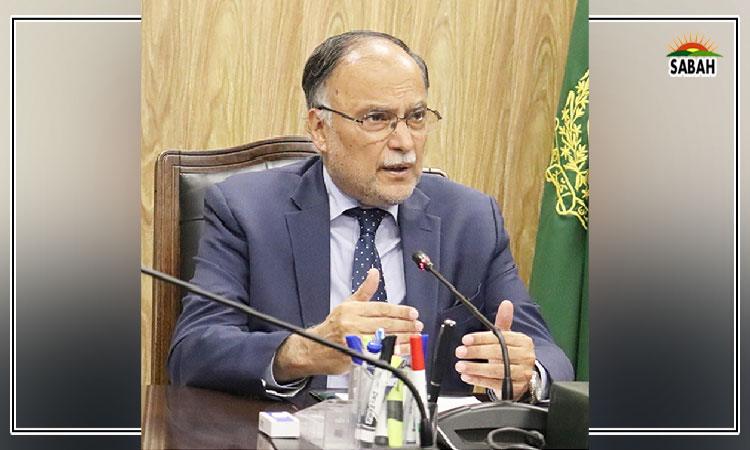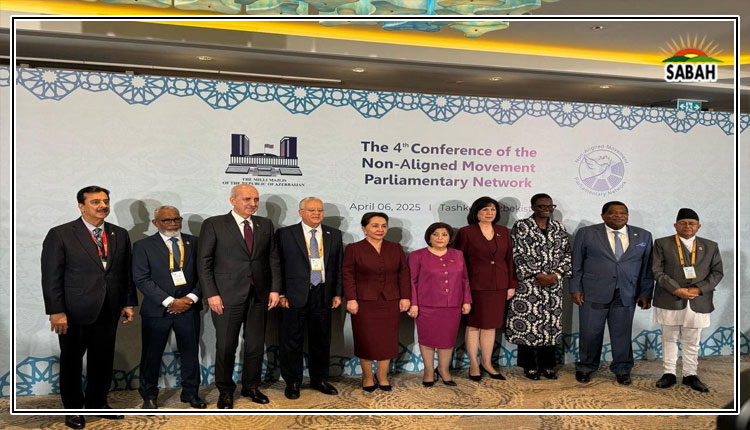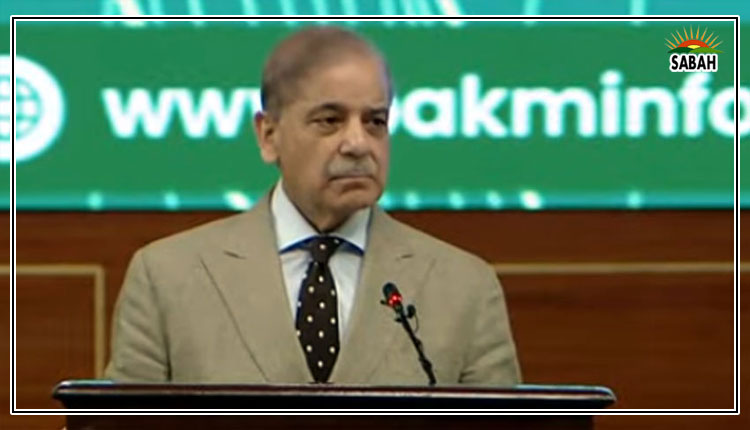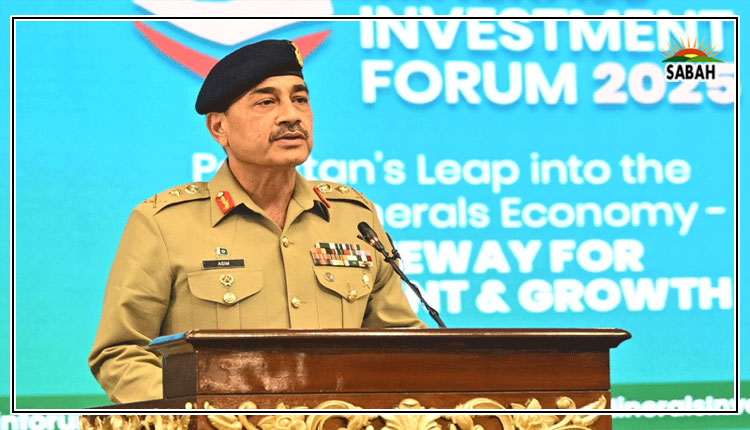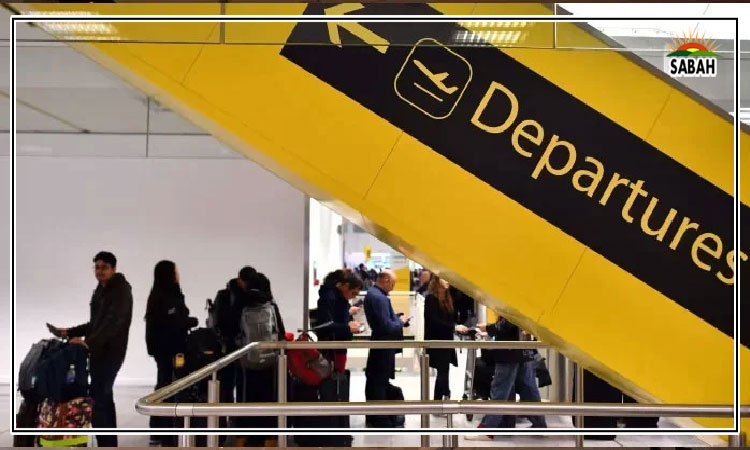The exodus … Iqra Munawar
In recent years, the exodus of Pakistanis seeking better opportunities abroad has surged dramatically. For many, pursuing education overseas has become the most accessible gateway to migrate to developed countries.
This growing trend stems from a complex interplay of economic, social, and political challenges, all contributing to the desire for a better life. During a recent visit to the Higher Education Commission (HEC) and the Ministry of Foreign Affairs (MOFA) to verify my academic degrees for studying abroad, I witnessed this phenomenon firsthand. Despite arriving at 7am, well before the official opening at 8:30am, the offices were already teeming with hopeful young people. Long queues stretched across the premises, with barely any space to sit, underscoring the scale of this migration wave. This alarming trend places Pakistan among the top countries in South Asia with the highest emigration rates.
A primary driver of this mass migration is the lack of economic opportunities in Pakistan. Over 445,000 students graduate annually, yet the job market fails to accommodate their skills, leaving many underemployed or unemployed. The unemployment rate among youth reached 11.2 per cent in 2023, according to the Pakistan Bureau of Statistics. This bleak outlook forces talented individuals to look abroad for better job prospects, higher salaries, and career advancement.
Adding to these challenges is the relentless rise in inflation, which hit 38 per cent in May 2024, the highest in South Asia. With soaring costs of living, stagnant wages, and limited support for innovation, fields like Artificial Intelligence, robotics, and other advanced technologies remain underdeveloped. Meanwhile, neighbouring countries like India and China continue to expand their investment in startups and emerging industries, leaving Pakistan at a competitive disadvantage.
The scale of migration from Pakistan is staggering. According to the Bureau of Immigration and Overseas Employment, over 700,000 Pakistanis left the country in 2024, following a similar exodus of 811,000 in 2023. While these figures include skilled professionals, a growing number of individuals seek asylum in Europe and beyond.
In the European Union (EU), asylum applications from Pakistanis reached 28,000 between October 2023 and October 2024, according to the EU Agency for Asylum (EUAA). Countries like Italy, France, Germany, and the UK are among the top destinations. Statista reports that the number of Pakistani asylum seekers in Europe peaked in March 2023, with 15,740 applications in a single month. Italy, in particular, has seen a significant influx.
In 2023 alone, over 157,000 migrants arrived by sea, many of them from Pakistan. Similarly, in the UK, asylum claims reached 99,790 in the year ending September 2024, marking a one per cent increase from the previous year. Of these, 77,066 were main applicants, and the rest were dependents, according to official government data.
The decision to seek asylum is often rooted in political instability, systemic corruption and weak governance. Pakistan’s judicial system struggles to ensure justice, leaving citizens vulnerable to crime and exploitation. Corruption and nepotism further erode public trust in institutions, creating an environment where many see migration as the only path to a secure future. The EUAA notes that asylum seekers from Pakistan often cite a lack of personal safety and political freedom as key reasons for leaving. For families, the prospect of better education, healthcare, and overall living standards is a powerful motivator to relocate, despite the challenges of integrating into new societies.
The ongoing brain drain is a profound loss for Pakistan. Talented professionals, who could contribute to national development, are leaving in droves. The economic cost of this migration is significant, with estimates suggesting that Pakistan loses billions annually in potential contributions to GDP. Reversing this trend requires bold and immediate action. Investments in education, job creation, and advanced industries are crucial. The government must also foster an environment of political stability and justice to restore faith in the system. Without these measures, Pakistan risks a future where its most promising minds build their lives elsewhere.
The rising tide of migration and asylum-seeking paints a sobering picture of the challenges facing Pakistan today. However, the article does not address potential policy-level interventions that could mitigate this crisis. For instance, programs aimed at retaining talent – such as scholarships tied to domestic job placement or innovation grants – are essential. Establishing partnerships with multinational companies to foster local research and development hubs could also create opportunities for young graduates. Reforming the judicial system to ensure accountability and combat corruption would also restore people’s confidence in the system.
Finally, the role of societal attitudes and media in shaping aspirations for migration deserves mention. A cultural emphasis on seeking foreign opportunities often undermines the value of local contributions, perpetuating the belief that success is unattainable in Pakistan. Campaigns to highlight domestic success stories and initiatives that celebrate local achievements could counter this narrative.
The question is: Can Pakistan create a future where its citizens choose to stay, invest in their homeland, and contribute to its prosperity? Or will the exodus continue to define the nation’s trajectory, leaving behind a country bereft of its brightest minds?
Courtesy The News


